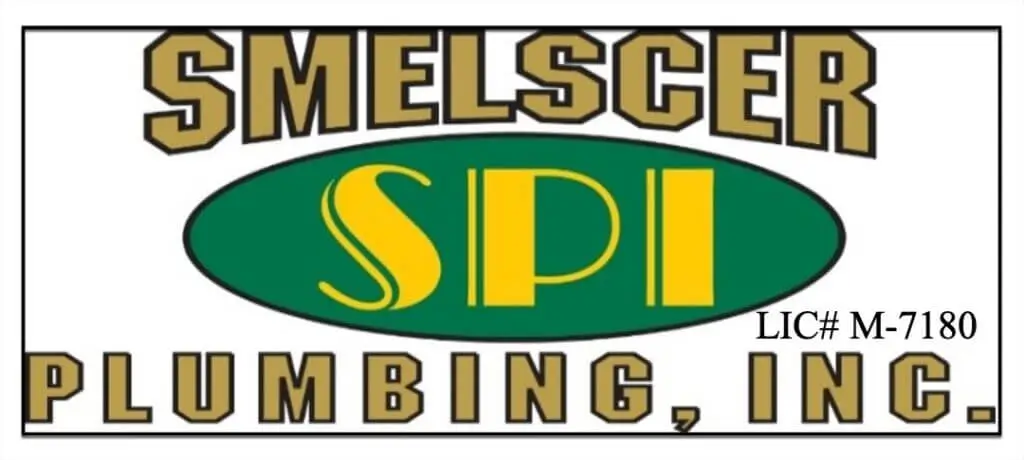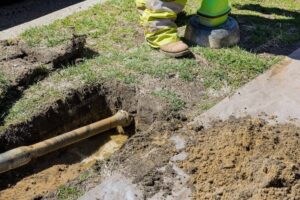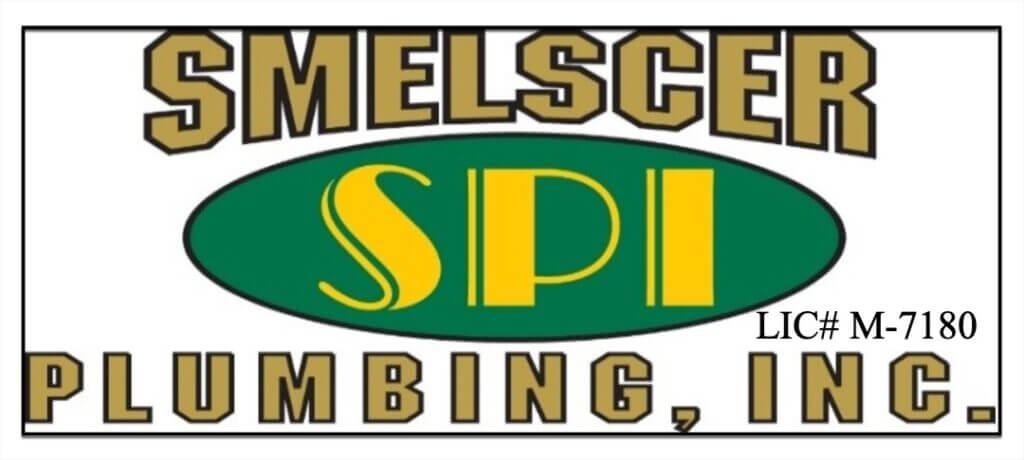Once the trenchless pipe repair is completed, it’s crucial to ensure proper maintenance and care to maximize the longevity and effectiveness of the repair.
Trenchless repair techniques have revolutionized how we address underground infrastructure problems, minimizing disruptions and saving time and money. In this blog post, we’ll explore the factors involved in post-trenchless pipe repair maintenance.
Table of Contents
ToggleWhat to Do After Trenchless Pipe Repair
Post-Repair Inspection
The first step after completing a trenchless repair project is a thorough post-repair inspection is crucial to verify that the repair was successful and that the underground infrastructure is functioning correctly. Here’s what you should focus on during the post-repair inspection:
- Visual Inspection: Visually inspect the repaired area for any signs of damage or anomalies. Look for cracks, leaks, or any other potential issues that may have arisen during or after the repair.
- Flow Testing: Conduct flow tests to ensure the repaired pipeline or conduit is operating at the expected capacity. This will help identify any blockages or restrictions in the system.
- Quality Assurance: Ensure the repair meets the required quality standards and specifications. Check for proper alignment, sealing, and structural integrity.
Regular Monitoring
Regular monitoring is essential to catch any problems early and prevent expensive repairs in the future. Implement a monitoring schedule that includes the following:
- Inspection Intervals: Determine how often you will inspect the repaired area. Factors such as the type of repair, the age of the infrastructure, and local environmental conditions should influence your monitoring frequency.
- Remote Monitoring: Consider implementing remote monitoring systems, such as sensors and cameras, to continuously track the performance of the repaired infrastructure. This can provide real-time data and alerts in case of anomalies.
Avoiding Heavy Machinery
To protect the integrity of the repaired underground infrastructure, it’s essential to avoid heavy machinery and construction activities in the area. Here are some tips to prevent damage:
- Clearly Marked Areas: Clearly mark the location of the repair and communicate its presence to construction crews and contractors to prevent accidental damage.
- Load Restrictions: Implement load restrictions in the vicinity of the repair site to prevent heavy equipment from causing undue stress on the infrastructure.
- Education and Training: Educate workers about the importance of avoiding the repaired area and provide training on proper safety protocols.
Landscaping and Restoration
Trenchless pipe lining and other trenchless repair methods often require minimal disruption to the landscape, but some disturbance may still occur. To restore the area and prevent erosion or other issues, consider the following:
- Replanting: If landscaping was affected during the repair, replant vegetation to stabilize the soil and prevent erosion.
- Surface Repairs: Address any surface damage, such as pavement or sidewalks, caused by the repair process promptly.
- Erosion Control: Implement erosion control measures like silt fences or erosion mats to protect the repaired area from soil erosion.
Record-Keeping and Documentation
Maintaining accurate records and documentation is crucial for tracking the history of the repair and facilitating future maintenance. Create a comprehensive record-keeping system that includes:
- As-Built Drawings: Keep updated as-built drawings that document the exact location and specifications of the repair.
- Maintenance Logs: Maintain detailed maintenance logs, including inspection results, repair history, and any maintenance activities performed.
- Material Specifications: Document the materials used in the repair, including their specifications and sources.
Professional Maintenance Services
While regular monitoring can catch many issues, it’s essential to have professional maintenance services on standby to address any unexpected problems that may arise. Consider the following:
- Maintenance Contracts: Establish maintenance contracts with experienced trenchless repair specialists or plumbers who can respond quickly to any issues.
- Emergency Response Team: Form and train an emergency response team to handle urgent repairs and minimize downtime.
Emergency Response Plan
Lastly, have a well-defined emergency response plan in place. Despite the best maintenance efforts, emergencies can still occur. Your plan should include:
- Contact Information: Maintain an up-to-date list of emergency contacts, including utility providers, repair specialists, and relevant government agencies.
- Procedures: Clearly outline the steps to follow in the event of a major issue, including shutdown procedures, safety protocols, and notification procedures.
- Communication: Implement a communication plan to ensure that all stakeholders are informed promptly in case of emergencies.
Monitoring Techniques
In addition to regular monitoring, it’s important to understand the various techniques available for assessing the condition of your repaired infrastructure:
- Geospatial Monitoring: Utilize geospatial technologies like GPS and GIS to track changes in the repaired area’s physical location and structural stability over time.
- Sensor Integration: Explore the integration of sensors that can detect changes in temperature, pressure, or material integrity, providing valuable data for early problem detection.
Predictive Maintenance
Consider implementing predictive maintenance strategies that leverage data analytics and predictive modeling to anticipate and prevent potential issues. This approach can help you save money and time by addressing problems before they escalate.
Environmental Considerations
Discuss the environmental factors that can impact the longevity of trenchless repairs:
- Corrosion Prevention: If your infrastructure involves metal components, consider corrosion prevention techniques to extend their lifespan and minimize the risk of future damage.
- Soil Conditions: Soil composition can affect the stability of underground infrastructure. Understand how different soil types may require specific maintenance considerations.
Public Awareness and Safety
Highlight the importance of public awareness and safety:
- Public Education: Educate the local community about the presence of underground infrastructure and the importance of avoiding construction or excavation in those areas.
- Safety Protocols: Emphasize the need for strict safety protocols during any maintenance or repair work to protect both workers and the public.
Regulatory Compliance
Explain the regulatory requirements and compliance standards that govern the maintenance and care of underground infrastructure. Staying compliant is not only a legal obligation but also essential for ensuring the long-term viability of your pipe repair.
Funding and Budgeting
Discuss strategies for budgeting and securing funds for ongoing maintenance and care. This includes exploring grant opportunities, cost-sharing agreements with stakeholders, and long-term financial planning.
Case Studies
Include real-world case studies or examples of successful post-trenchless repair maintenance efforts. These can provide valuable insights and demonstrate the effectiveness of diligent maintenance.
Community Engagement
Encourage community engagement in the maintenance process. Engaged citizens can help report issues, adhere to safety measures, and advocate for the preservation of underground infrastructure.
Innovations in Maintenance
Explore emerging technologies and innovations in maintenance practices, such as the use of drones for aerial inspections or the adoption of artificial intelligence for data analysis.

Conclusion
Trenchless repair techniques offer a practical and efficient solution for underground infrastructure issues. However, the key to their long-term success lies in the diligent maintenance and care of the repaired areas. Remember that proactive maintenance not only saves you money but also helps prevent potentially catastrophic failures in the future. Contact us for more information about trenchless repair.




